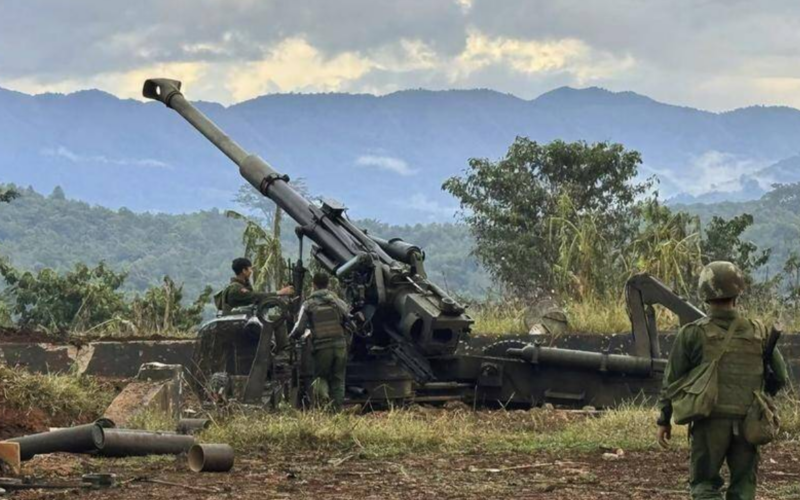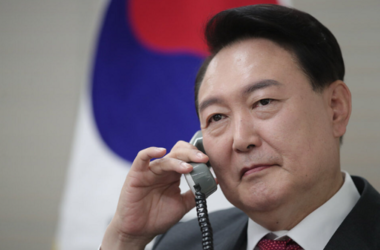In a significant development amid the ongoing conflict in northern Myanmar, a rebel alliance has reached a ceasefire agreement with the ruling military. The accord, brokered through China-mediated talks, comes after a coordinated offensive by ethnic minority armies, supported by a parallel pro-democracy civilian-led government, posed a substantial challenge to the military junta’s authority. This article explores the details of the ceasefire, its implications on the dynamics of the conflict, and the role of external actors, particularly China, in mediating the talks.
The ceasefire agreement was confirmed by leaders of the rebel groups involved in the conflict, with a representative from the TNLA (Ta’ang National Liberation Army) stating that the “Three Brotherhood Alliance” and the military have agreed to a halt in hostilities without further advancements. The understanding, as outlined, involves a commitment from the alliance to refrain from offensive attacks on enemy camps or towns. Simultaneously, the military commits not to engage in aggressive actions such as airstrikes, bombardments, or heavy weapons usage. The sensitive nature of the matter has led to anonymity for the source providing these details.
China, a key regional player and Myanmar’s neighbor, played a crucial role in mediating the peace talks. The discussions took place in Kunming, China, on January 10-11, where both sides agreed to an immediate ceasefire and an end to the conflict. The Chinese foreign ministry emphasized the importance of implementing the ceasefire agreement and urged all concerned parties in Myanmar to exercise maximum restraint. China’s interest in regional stability, border trade, and preventing a refugee influx has been a focal point in its involvement in the peace process.
The rebel alliance’s offensive, ongoing since late October, had posed a significant challenge to the junta’s control and triggered violence along the northern border with China. Concerns were raised about potential disruptions to border trade and the prospect of a refugee influx. The ceasefire agreement addresses these concerns, emphasizing a commitment to avoiding harm to residents at the Chinese border. The development, however, follows a pattern of intermittent agreements, and the situation remains fluid.
While the ceasefire marks a positive step, reports indicate that fighting persisted in northern Shan State and other regions even after the agreement. The rebels gained control of Laukkai, a strategic commercial town on the Chinese border, adding complexity to the situation. The conflict has resulted in the displacement of more than 300,000 people in recent times and over 2 million since the military coup in 2021. Notably, Myanmar police and military personnel have surrendered or sought refuge in neighboring countries.
The ceasefire agreement between the rebel alliance and Myanmar’s ruling military, mediated by China, offers a glimmer of hope for a de-escalation of the conflict in northern Myanmar. However, challenges persist, and the situation remains fluid. The role of external actors, particularly China, in facilitating peace talks underscores the regional implications of the conflict. As Myanmar navigates through these complex dynamics, the international community closely watches the developments, hoping for sustained efforts towards stability, peace, and the protection of affected populations.








